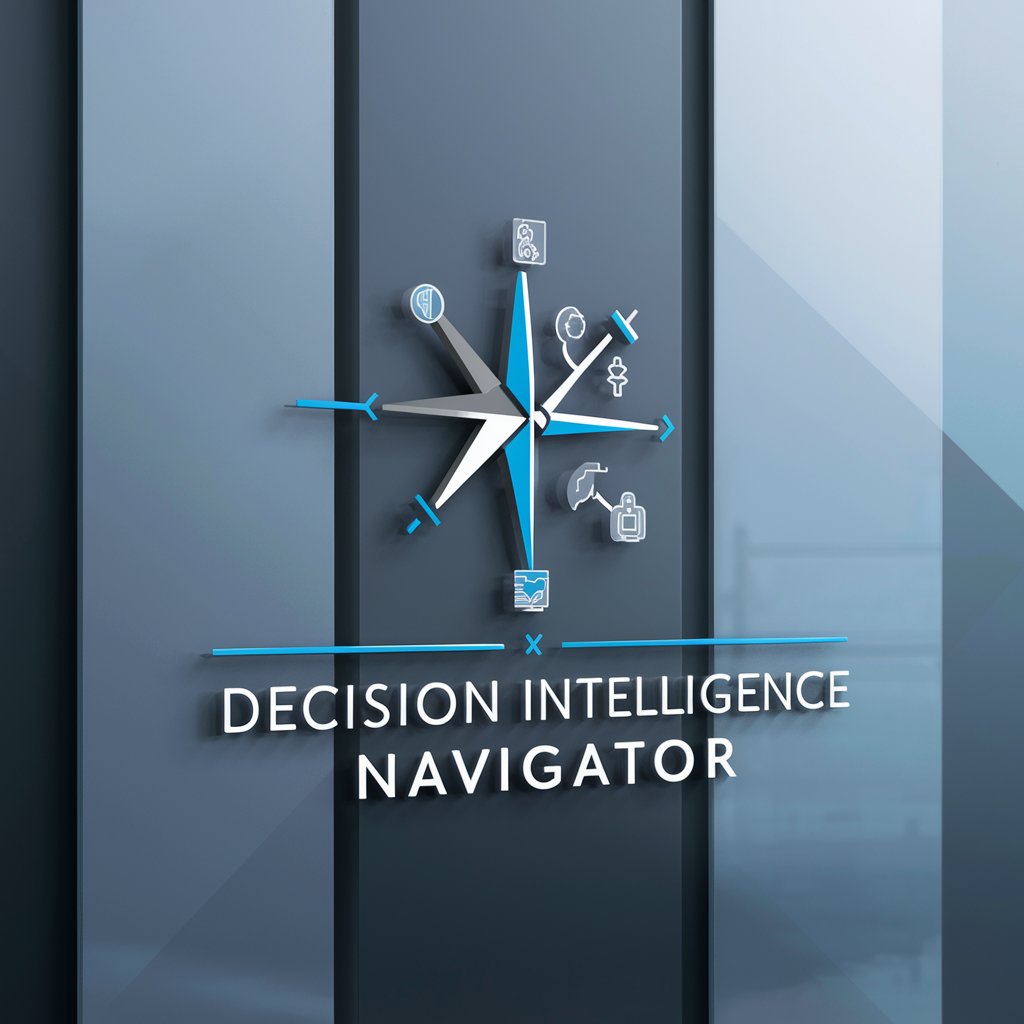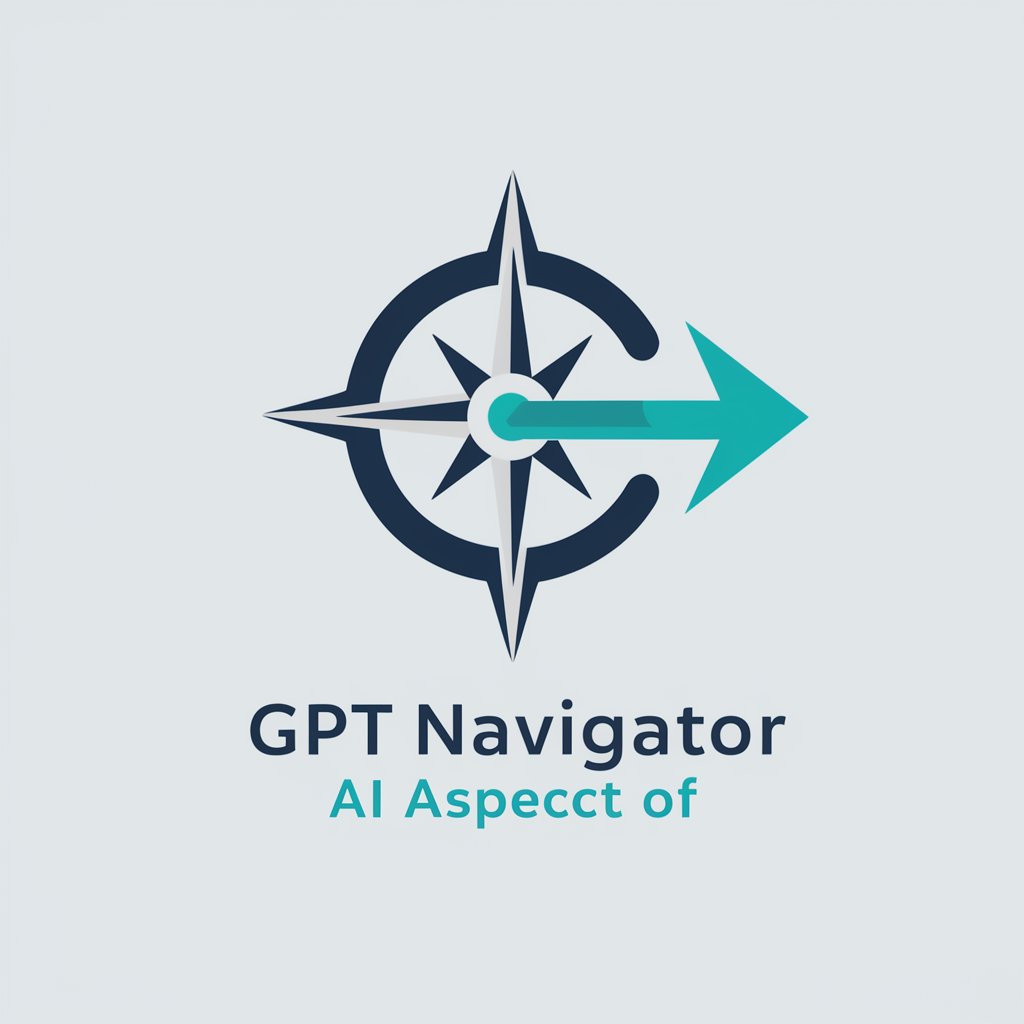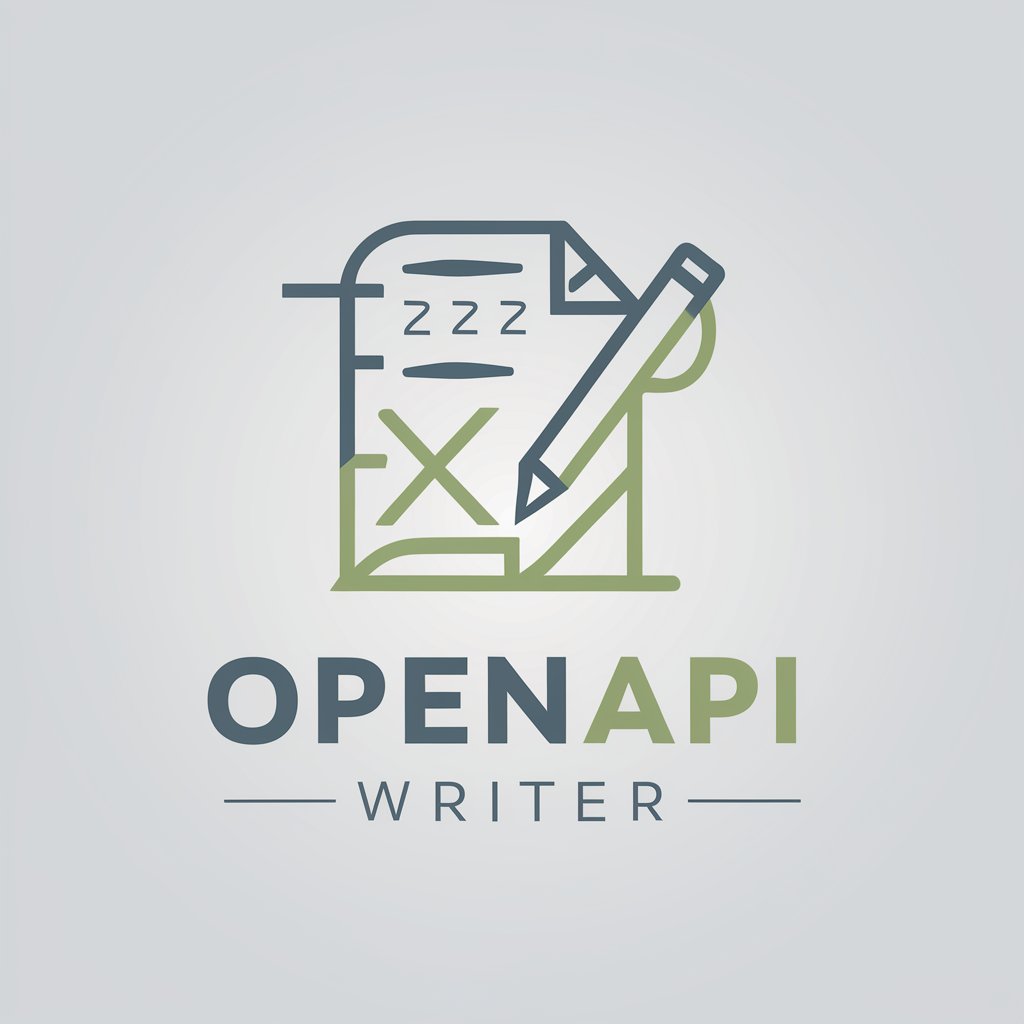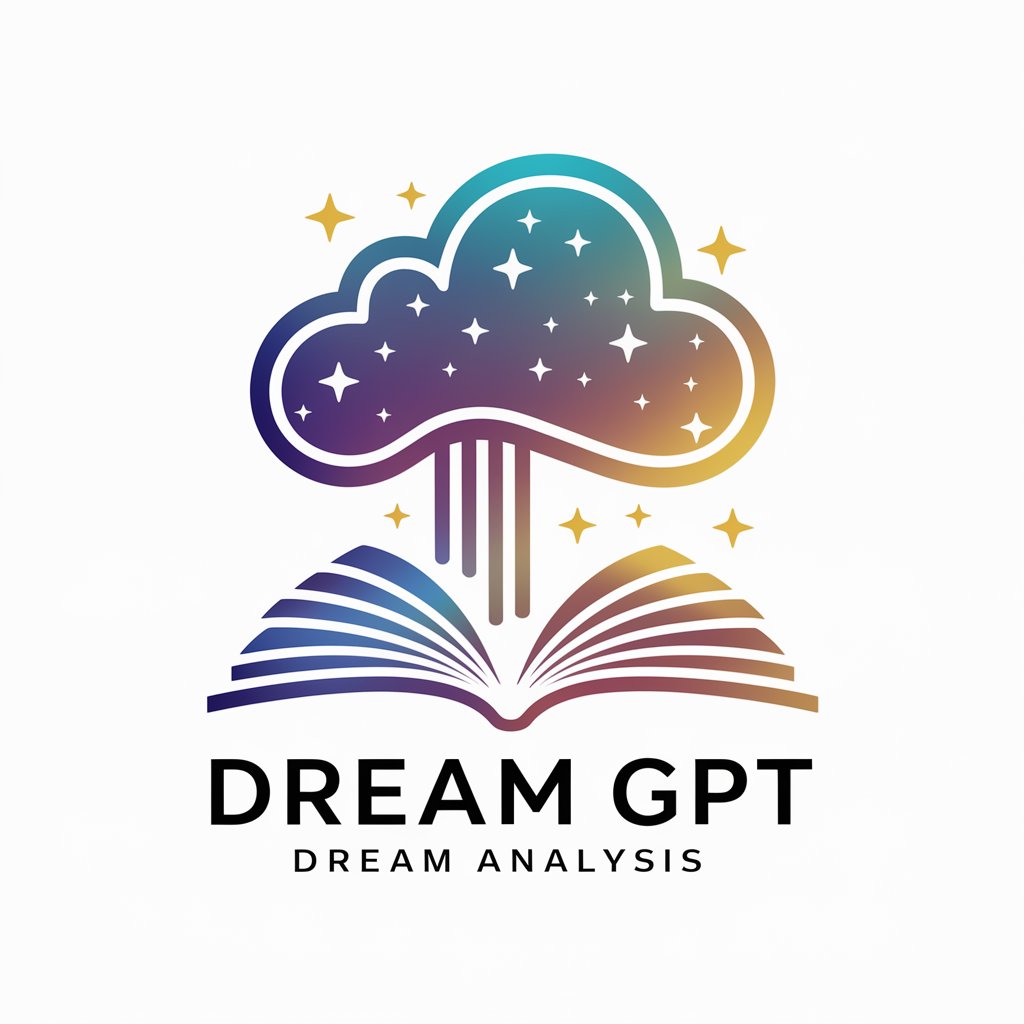Decision Intelligence Navigator - Insightful Decision Support

Welcome! Let's enhance your decision-making process with precision and insight.
Empower decisions with AI insights
How can I navigate complex decision-making scenarios involving multiple stakeholders?
What strategies can I use to foster consensus among diverse decision-makers?
How do I mitigate cognitive biases in my decision-making process?
What frameworks can help transform data into actionable insights effectively?
Get Embed Code
Understanding the Decision Intelligence Navigator
The Decision Intelligence Navigator is a sophisticated framework designed to enhance decision-making processes across various contexts and domains. At its core, it aims to provide a structured approach to decision-making that leverages data, technology, and human insight. This navigator is built upon the understanding that decisions are multifaceted and require a comprehensive approach that considers the 'Silicon', 'Oxygen', and 'Carbon' dimensions. These dimensions represent the integration of digital tools and data analysis ('Silicon'), the management of stakeholder relationships and consensus-building ('Oxygen'), and the mitigation of cognitive biases while fostering cognitive diversity ('Carbon'). An example scenario illustrating its application is a tech startup facing the decision of market expansion. The Decision Intelligence Navigator would guide the decision-makers through analyzing market data (Silicon), engaging stakeholders for their insights and support (Oxygen), and challenging their assumptions to avoid overconfidence (Carbon), ultimately leading to a well-rounded and informed decision. Powered by ChatGPT-4o。

Core Functions of the Decision Intelligence Navigator
Data to Actionable Insight Conversion
Example
In a healthcare setting, converting patient data into actionable insights to improve care outcomes.
Scenario
A hospital uses the Navigator to analyze vast amounts of patient data to identify patterns in readmission rates. By applying predictive models, the hospital can proactively provide interventions for high-risk patients, effectively reducing readmissions and improving patient care.
Stakeholder Engagement and Consensus Building
Example
Facilitating stakeholder consensus in urban planning projects.
Scenario
An urban development agency employs the Navigator to engage diverse stakeholders, including residents, business owners, and environmental groups, in the planning of a new public park. Through workshops and feedback sessions, the Navigator helps reconcile differing views, ensuring the final design reflects a wide range of interests and concerns.
Cognitive Bias Mitigation and Cognitive Diversity Enhancement
Example
Improving investment decision-making in financial firms.
Scenario
A financial firm uses the Navigator to challenge the cognitive biases of its investment team, such as confirmation bias and overconfidence. By incorporating a wide range of analytical perspectives and encouraging dissenting views, the Navigator helps the firm make more balanced and less biased investment decisions.
Ideal Users of the Decision Intelligence Navigator Services
Corporate Executives
Executives in corporations can leverage the Navigator to make strategic decisions, such as market entry, product development, and mergers and acquisitions. The framework's comprehensive approach helps them consider all relevant data, stakeholder perspectives, and potential biases, leading to more informed and effective decision-making.
Policy Makers
Policy makers in government agencies can use the Navigator to address complex societal issues, such as public health initiatives or environmental policies. By ensuring a holistic view that includes diverse data sources and stakeholder inputs, they can craft policies that are more likely to achieve broad consensus and successful outcomes.
Entrepreneurs and Startups
For entrepreneurs and startups facing high levels of uncertainty, the Navigator offers a structured approach to decision-making that balances data-driven insights with human judgment. This can be crucial for navigating the challenges of scaling up, resource allocation, and entering new markets.

Using the Decision Intelligence Navigator
Start your journey
Visit yeschat.ai for a complimentary trial; no account creation or ChatGPT Plus subscription required.
Identify your decision-making challenge
Clarify your decision context, including the specific decision to be made, and identify relevant stakeholders and their perspectives.
Engage with the Navigator
Utilize the Decision Intelligence Navigator to structure your decision-making process, leveraging data insights and avoiding cognitive biases.
Implement insights
Apply the insights and frameworks provided by the Navigator to your decision-making challenge, considering both digital and human elements.
Evaluate and adapt
Review the outcomes of your decisions, learn from the results, and refine your approach for future decisions.
Try other advanced and practical GPTs
LoveMentor&DatingPlan
AI-Powered Romantic Experience Guide

GPT Navigator
Navigate AI solutions effortlessly.

Matchmaker Pro
Revolutionize Your Love Life with AI

Extreme Image Generator
Elevate Imagery with AI Precision

OpenAPI Writer
Craft API specs with AI-powered precision.

Process Model Generator
Simplifying complexity with AI-powered diagrams

Specu - India Focus
Envisioning India's Tomorrow with AI

Adventure Quest
Embark on Tailored Text Adventures Powered by AI

Make-Up Exam
Crafting Tailored Make-Up Exams with AI

Image Prompt Artist
Crafting precise prompts for AI-powered creativity.

Dream GPT
Unlock the Secrets of Your Dreams

Dungeon Master
Immerse in Epic Adventures Powered by AI

Frequently Asked Questions about Decision Intelligence Navigator
What is the Decision Intelligence Navigator?
It's a tool designed to enhance decision-making processes by integrating data insights, avoiding biases, and fostering stakeholder consensus.
Who can benefit from using the Navigator?
Executives, managers, analysts, and professionals across industries seeking to make informed, bias-free decisions in complex scenarios.
How does the Navigator handle complex data?
It translates complex data into actionable insights, employing frameworks to navigate through uncertainty and make informed decisions.
Can the Navigator help in team-based decisions?
Yes, it fosters cognitive diversity and consensus among team members, ensuring that different perspectives are considered.
What makes the Navigator unique?
Its holistic approach combining Silicon, Oxygen, and Carbon dimensions to address digital, dissent and consensus, and cognitive diversity aspects respectively.
